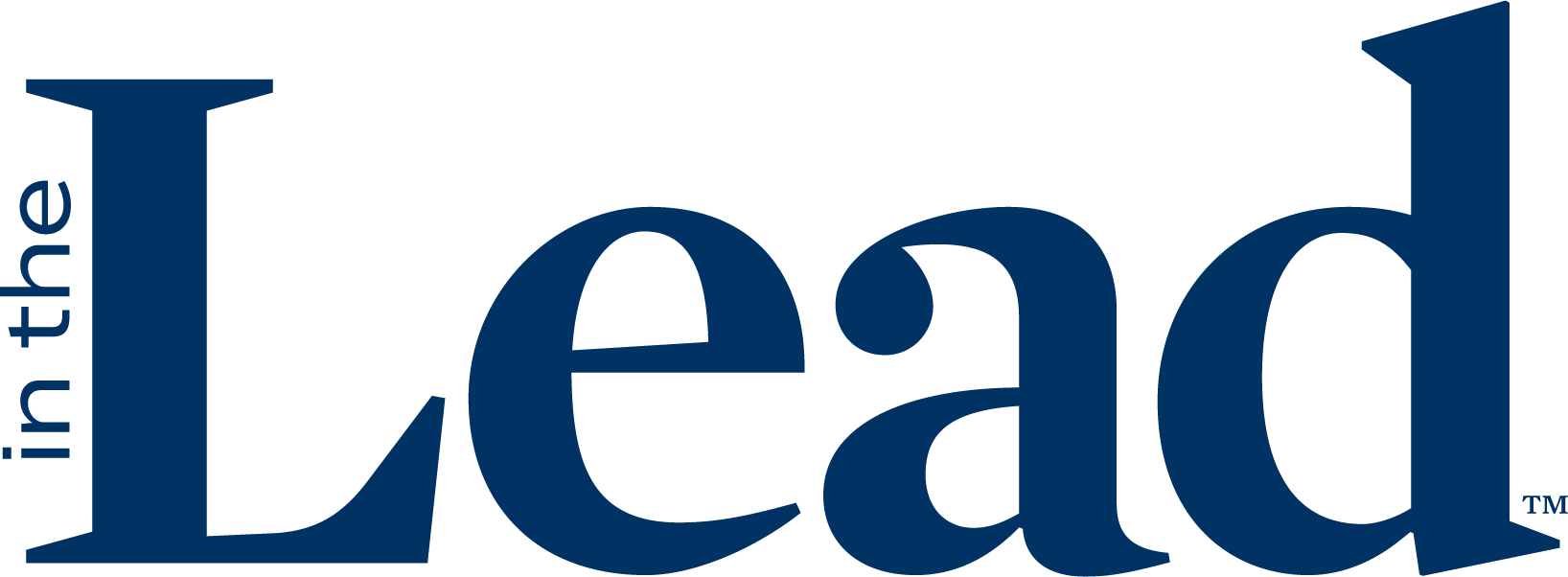Amid great disruption, leaders must both examine the past and manage a dizzying pace of change.
“The illiterate of the 21st century will not be those that can’t read or write, but those who cannot learn, unlearn, and relearn.”
— Alvin Toffler
Conventional wisdom suggests that the past and future are largely disconnected. Our learned experience suggests otherwise. The conventional wisdom may be comforting and reassuring but, in reality, there is much to learn by examining the experience the past describes. This is especially true when society enters a period of significant change. We are in the early stages of such a period.
We cannot underestimate the need, first, to recognize that such a period is upon us and, second, to encourage an awareness of the risks and rewards that will develop as a result. That awareness must be used to develop strategies that will allow us to be responsive to the extent and rate of exponential change.
Navigating Without Guidance
It is clear that everyone, particularly those charged with leadership responsibilities, will be summoned to navigate a set of circumstances that are not well defined, developing rapidly and will broadly influence this coming century. We have argued for many years that we must think differently as we develop solutions and strategies to address these challenges. The scope and pace of change demands a different sort of creativity because the old ways are simply insufficient to respond to the tasks ahead. While the past can be instructive, our responses to other similar transitions will not be sufficient to meet these developing demands because of the breadth, speed and impact of this period’s challenges. In short, what got us here will not be enough to get us to where we must go.
These developments potentially set the stage for the next cycle of history. The world has entered a highly transformative period, where disruption with a capital “D” is already apparent. In fact, it is not an exaggeration to state that we are well into a period of significant disruption. Where shall we look for guidance as we progress through this next period of transition?
The era since the end of World War II can be described as a remarkably stable time in global governance, notwithstanding periodic challenges. Those 76 years saw the rise, expansion and, some suggest, an early indication of the decline of American influence. American global dominance followed that of the British and Dutch empires and will, quite likely, give way to a period of Chinese ascendance. That said, is the rise of China inevitable? Perhaps not, but early signals suggest that American influence is in decline and Chinese influence will become more pervasive. Are those transitions really the natural order of things? Or, alternatively, were they the natural order of things until we reached this digital age with a pervasive level of disruption that is progressing with extraordinary reach and speed?
The early 20th century can provide some perspective. There are remarkable similarities between then and now. That era saw extraordinary levels of innovation in the development of general-purpose technologies like the telegraph and telephone, coal, the steam engine and electricity. The convergence of these technologies set the stage for advances that encouraged change. The world also saw increased global and economic integration (and its collapse), the implementation of tariffs and other forms of resistance to globalization, rising nationalism and opposition to immigration, the escalation of economic inequality and a global pandemic. Ultimately, the Great Depression and World War II were catalysts for the reorganization of global society. Those who witnessed the upheavals of the early 20th century have largely departed, but we are fully capable of learning from their experience. Even those relatively unfamiliar with history will see the parallels with our present. Understanding the implications of those parallels will require us, where appropriate, to identify and absorb the lessons provided by that history. Remember, the philosopher George Santayana wrote, “Those who cannot remember the past are condemned to repeat it.”
A Defining Characteristic Is … Uncertainty
The intersections of geopolitics, economics, society, environment, science, technology and philosophy also highlight threads that are ripe for understanding the ideas and trends that are influencing our future and will continue to do so. This exceptional level of innovation coupled with the global nature of the challenges we face will require fundamental changes in the approach that the broader society takes when problem-solving. Climate change, the rise of mis- and disinformation, the dominance of technology platforms and public health crises, among others, will all demand whole-world responses if they are to be effective and, therefore, successful. Our most recent experience would suggest that will be difficult and, perhaps, impossible. Our increasing connectivity and the combinatorial effect of the aforementioned intersections, while mostly positive, will also drive an increase in uncertainty and insecurity in many domains (e.g., political, economic and public policy).
Large technology companies, while organized under the laws of sovereign nations, are in reality transnational operators. This suggests that the opportunities, and challenges, created by these companies will demand transnational solutions. As we learned in the 20th century, vast change over a period of years has a significant impact on culture, governance, regulation and society generally. Of course, an effective response will require a level of global cooperation that, to date, has not always been easy to achieve. In fact, it is foreseeable that a reordering of nation-state priorities will be required. That is always a difficult task and, in the absence of crisis, will take an extended period of time to achieve, if it is even possible.
Robert J. Gordon has written of a special century (1870-1970) where exceptional innovation set the stage for extraordinary advances in human development. The range of innovation was staggering and transformative, from indoor plumbing to the internal combustion engine to antibiotics. We have not been in a position to dramatically improve human development since then, the early days of the second industrial revolution. We already see transformative technologies that are becoming mainstream, such as genetic engineering; 3D, 4D and 5D printing; brain machine interfaces; and renewable energy platforms. The accelerated development of the COVID-19 mRNA vaccines is a prominent, real-time example of the potential in this dynamic space. And that is just a taste of the innovations that shape our present and future.
Our Future Demands Leadership
Our challenge as leaders is to manage these opposing forces: the natural cycles of history and the astounding innovation likely in this second period of great invention. Managing these forces requires a willingness to unlearn, accepting that our beliefs, a function of our experiences, environment and upbringing, will be challenged. A world that looks different from the one we are accustomed to demands new perspectives and a willingness to lead with open minds. Leaders must champion cultures that look to the future and are open to change, that adapt as necessary, that stimulate and support creativity and that encourage resilience in people and their organizations. For it is leadership, as demonstrated those 76 years ago, that is required today.
Leaders must either step into the void and embrace an opportunity to advance our human development once again or allow the future to shape us. The choice is ours.








